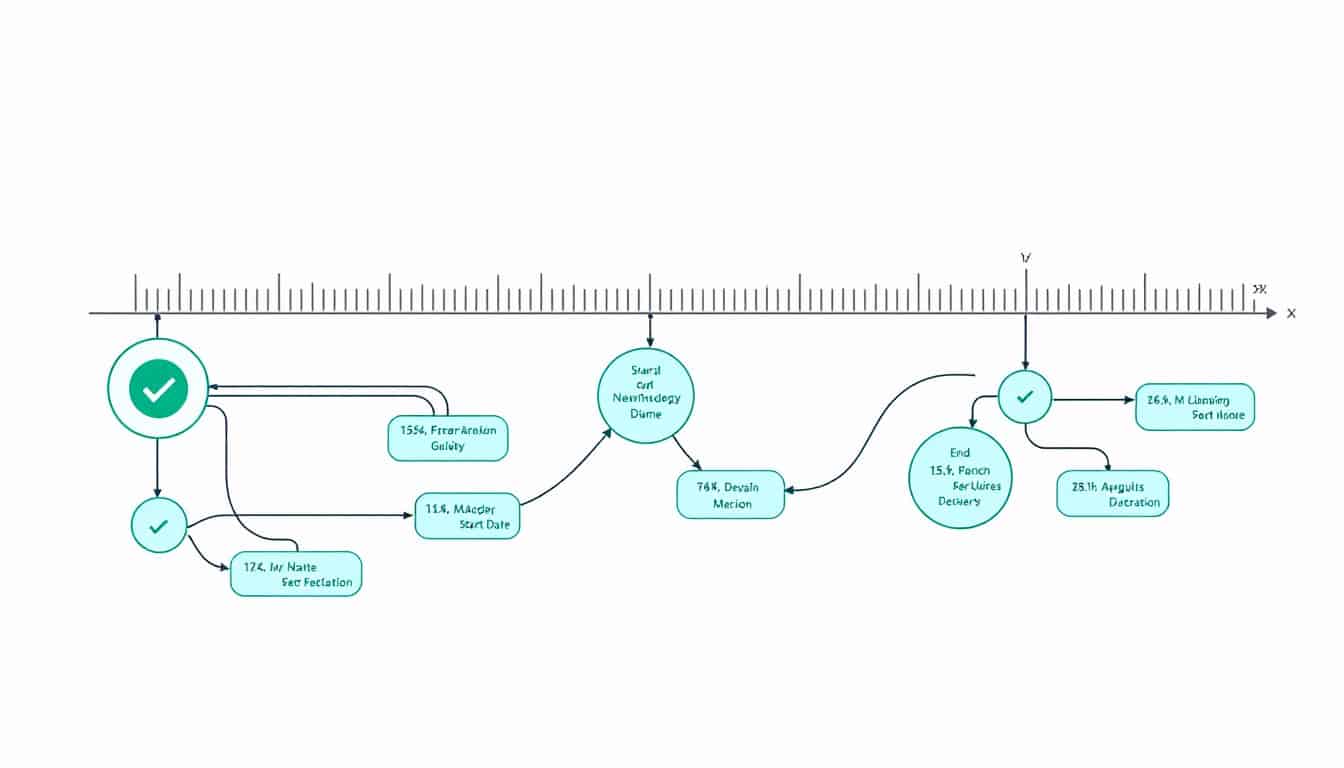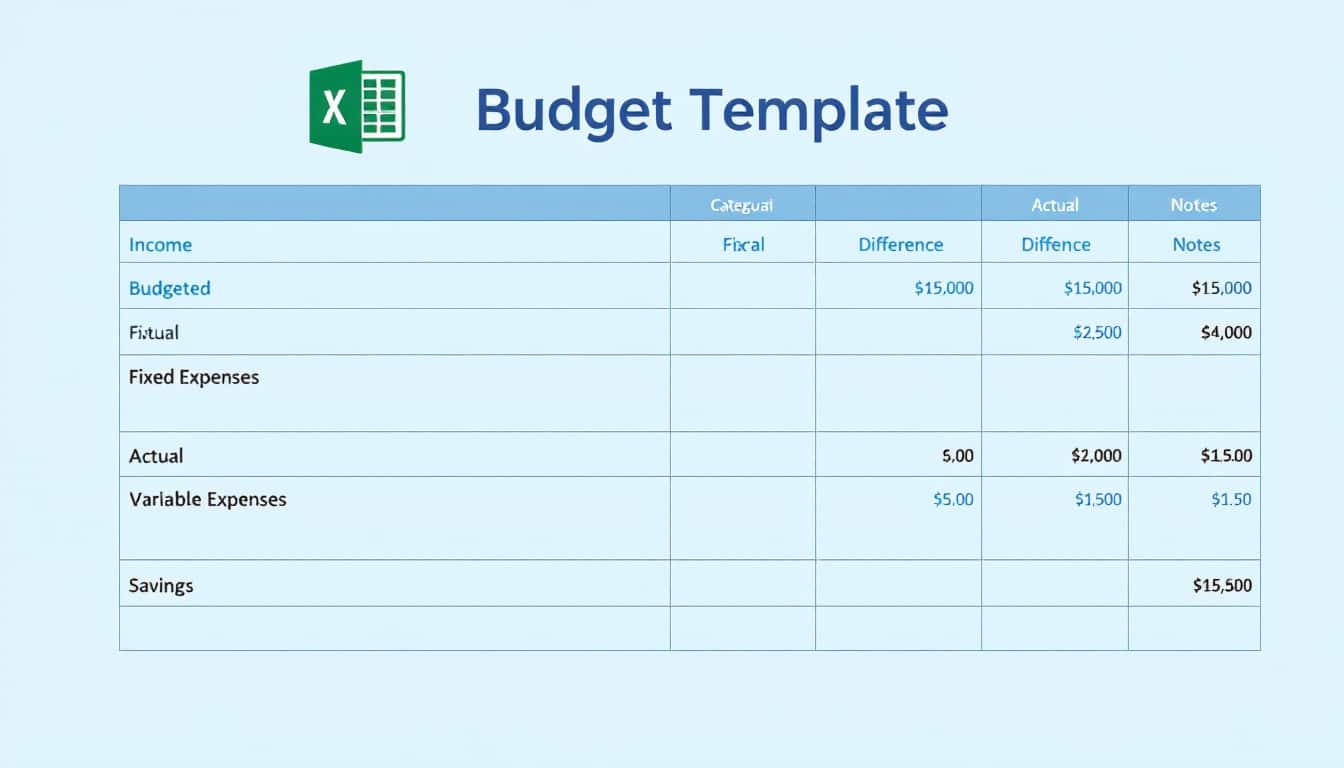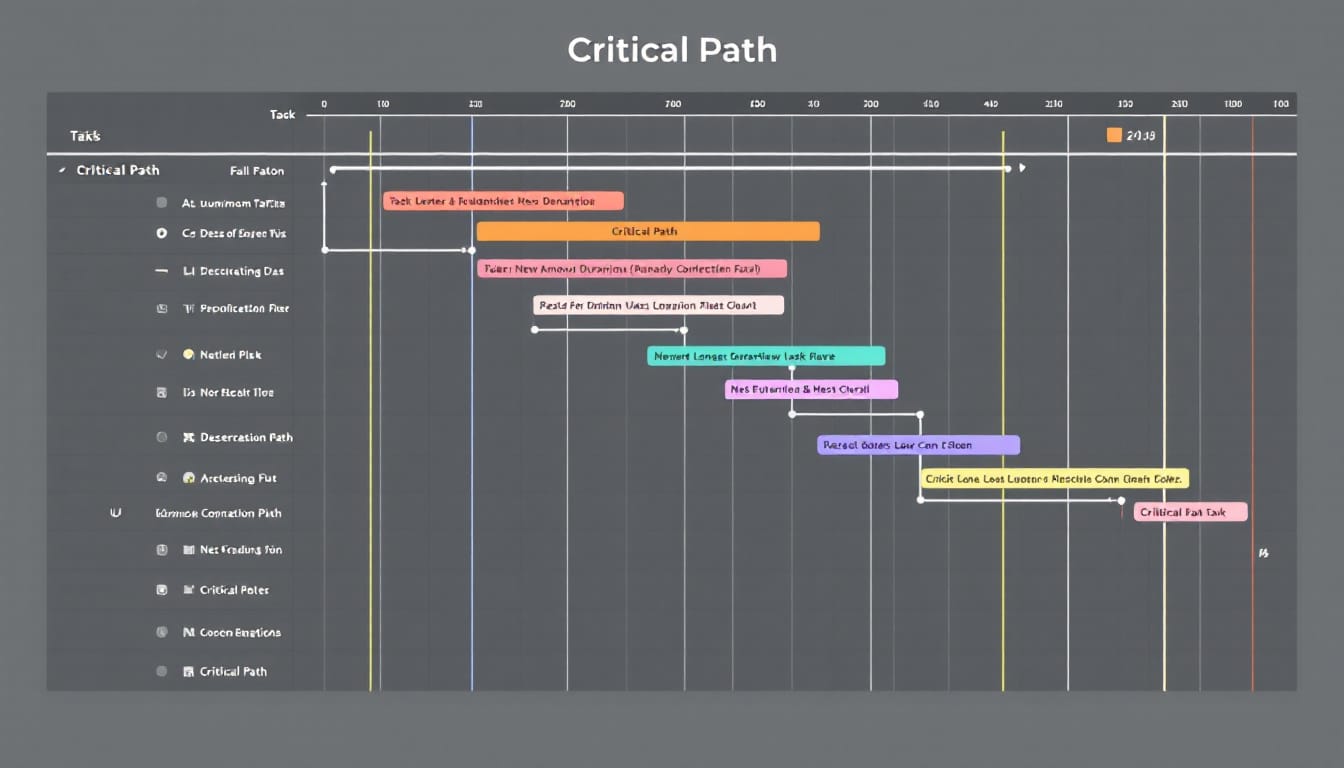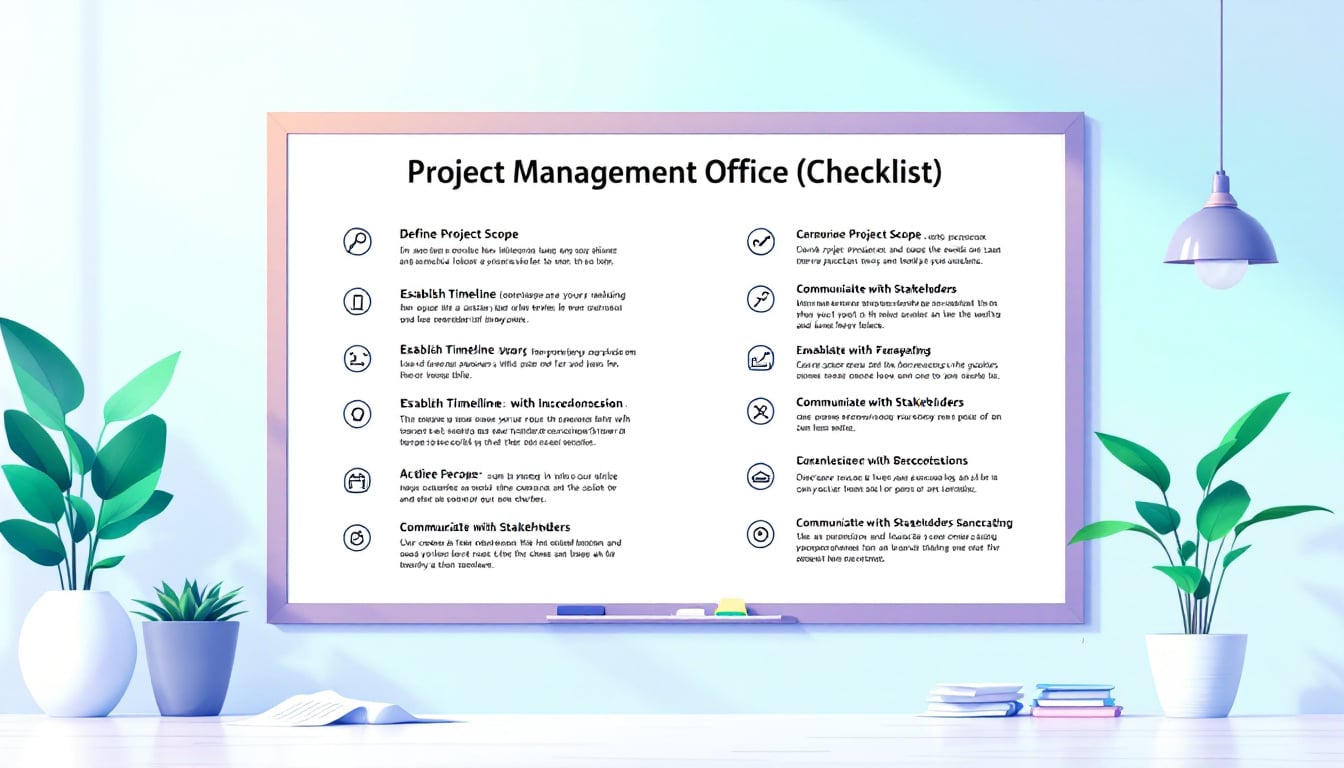Risk management within companies plays a crucial role in the sustainability of activities. Understanding the process and framework of this approach is essential to anticipate, assess, and mitigate potential hazards that could compromise strategic objectives. By adopting a thoughtful methodology, organizations equip themselves with tools and practices aimed at adapting to challenges and enhancing their resilience. Let’s delve into the key elements of this captivating and vital field for the success of a company.
🔥 Nous recommandons Ideamap
Ideamap est l’outil idéal pour un brainstorming ou un projet collaboratif. Grâce son interface facile et à ses fonctions IA, Ideamap booste votre créativité tout en favorisant une meilleure organisation de vos idées pour atteindre vos objectifs.
Risk Management
Corporate risk management is a systematic approach that enables the identification, assessment, and treatment of risks that may affect the strategic objectives of an organization. This process includes several steps, such as risk identification, analysis, response planning, and the implementation of mitigation strategies. The use of a risk management framework, such as the COSO framework, ensures that these efforts are integrated into the organizational culture and aligned with overall objectives. By relying on an appropriate framework, companies can not only prepare for unforeseen events but also leverage opportunities, thus minimizing the impact of uncertainties on their performance.

Risk management is an essential component of a company’s strategy. Indeed, every organization, regardless of size, faces uncertainties that can have a significant impact on its operations. This can include financial, operational, technological, and even reputational risks. By establishing a structured framework, a company can anticipate these challenges and develop mitigation strategies to protect its assets and continuity.
the risk management framework
The risk management framework is based on a set of principles and processes that allow for the effective identification, assessment, and treatment of risks. One of the most commonly used models is the COSO framework, which outlines five key components: governance, strategy, risk management, assessment, and communication. Each of these aspects contributes to fostering a risk culture within the company, thereby facilitating informed decision-making and protection against uncertainties.
the risk management process
The risk management process is generally divided into several key steps. First, risk identification is essential for creating a comprehensive view of potential threats. Next, a risk analysis follows, allowing for an understanding of the probability and impact of the identified events. Planning responses to risks follows this analysis, with tailored measures to prevent or reduce impacts. Finally, it is crucial to perform regular follow-ups to adjust strategies based on evolving circumstances and new challenges.














